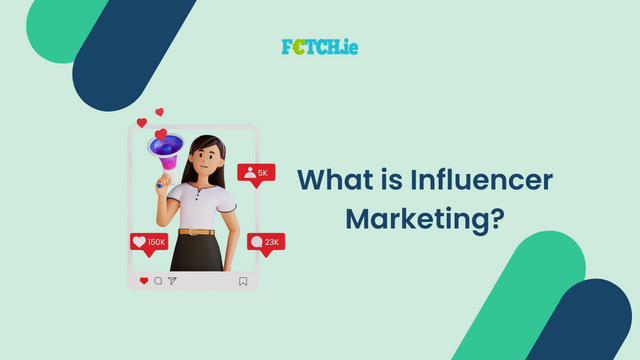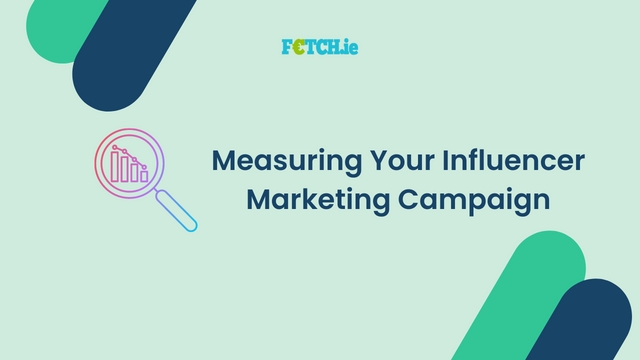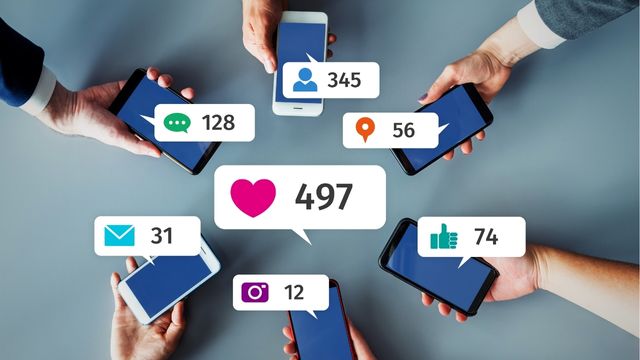Our world is evolving. Consumers are not reaching out to brands through traditional methods as much anymore, such as TV and print ads. Instead, they’re turning to social media influencers to get their information on new products, services and trends. Businesses need to adapt accordingly—and that’s where influencer marketing comes in. This article will explain influencer marketing, why it works so well today, how you can measure your campaign’s success and more!
What is Influencer Marketing?

Influencer marketing is a form of marketing that uses influential people or organizations to promote a product or service. It can be used to build awareness and increase sales, but it also has the potential to create brand advocates.
This type of digital advertising is becoming more popular because it allows you to reach an audience with very specific interests rather than just targeting people who live in the same area as you.
To help you get started with influencer marketing, we’ve put together some tips for choosing the right influencers for your campaign and what makes them so effective at reaching their audiences.
What are Microinfluencers?

Micro-influencers are just what they sound like: people with a smaller audience than a celebrity but a more engaged audience. This means that more people see their content, and more of those people will react to it.
Micro-influencers also tend to be better at building trust with their followers. They can be highly effective when promoting brands or products—and they can even be preferable over celebrities sometimes!
How Do You Measure Your Influencer Marketing Campaign?

You need to be able to measure the ROI of your influencer marketing campaign. Your goal is to see how much revenue it generates and whether or not it’s worth the time, energy and money you put into it.
Follow up with your influencers via email once their post has been published. Ask them how many comments and likes they received on their post, as well as how many new followers they received because of it.
If these numbers are high enough for you (or if anything else about their results is promising), consider working with them again in future campaigns!
How Do you Find the Right Influencers?

- Search for influencers in your industry.
- Look for influencers who have a large following.
- Look for influencers with a large number of followers who are engaged.
- Look for influencers with a specific audience.
In addition to size and engagement, consider whether or not the audience aligns with your brand.
Are they interested in similar products or services? Are they already familiar with your business and its products? If so, you’ll be able to leverage that relationship as part of their endorsement deal (and vice versa).
Types of Influencers to Consider
Influencers can be divided into several categories, depending on their size and target audience.
- Micro-influencers: Micro-influencers have a smaller number of followers (around 10,000), but they have a very engaged following that is passionate about the influencer’s content.
- Middle-tier influencers: These people may have anywhere from 50,000 to 500,000 followers. They are well-known within their niche and often blog about related topics.
- Macro-influencers: These individuals have an enormous following on social media sites like Instagram or YouTube (anywhere from 100K to several million). This can include celebrities who market themselves as “social media personalities” or other famous figures you’d recognize from TV shows and movies.
Gather a List of Influencers
The first step in getting started with influencer marketing is to gather a list of influencers. The best place to begin this process is by researching and analyzing your target audience. Who are they? What do they like? What motivates them? Once you have answers to those questions, it will be easier for you to find the right people who can help spread the word about your brand or product.
How to Reach Out to Influencers

It’s important to reach out in the right way. Here are some tips:
- Reach out via email. Email is a great way to contact influencers; it lets you keep track of your interactions and ensure your message isn’t going unanswered. It also gives you time to think about how best to approach them—you can draft different emails based on their responses and send the most effective one at the most appropriate time.
- Reach out through social media platforms such as Facebook, Twitter, or Pinterest if they have profiles that you can find easily without having direct access to their email address (for example, by searching for them using keywords). You may find that asking questions on these sites leads easily to private messaging, where more detailed discussions can take place away from public scrutiny!
- You can also reach out to an influencer marketing agency with a list of influencers ready to work with brands.
How Do you Attract Influencers to Your Brand?
- Create a list of influencers
- Find out what they are interested in
- Find out what they are doing and if there’s a way you can help them with it/them
- Find out what they are writing about, posting about, and talking about and make sure your product is relevant to the subject matter.
How to Create an Influencer Marketing Strategy
Once you’ve created a list of your top influencers, it’s time to take the next step and develop an influencer marketing strategy.

The first thing to do is look at the numbers. You’ll want to calculate how many followers each influencer has, their engagement rate, and other relevant metrics that tell you more about how well they’re doing on social media.
Then, look at how many competitors also reach out to these same influencers. How many brand posts have they shared? Are they using them as sponsored content or merely mentioning them in passing? By getting a head start on this data, you can ensure that when it comes time for your brand to pitch its products and services, you’ll be able to stand out from the crowd without spending too much money or wasting time on ineffective campaigns.
Next, review each potential partner’s past partnerships with other brands (if possible). This will give insight into whether they would be interested in working with you. It will also help determine which might work best given certain factors like demographics or preferences.
Once all that research has been done—and remember: don’t forget about ROI!—it’s finally time for actionable steps toward implementation, such as creating an actual plan based on goals set beforehand and timelines based upon expected outcomes from previous campaigns/experiences/etcetera.”
The Future of Influencer Marketing
In the future, it’s possible that influencer marketing will be further bolstered by the following:
- Artificial intelligence (AI) and machine learning
- Blockchain technology
- Chatbots and virtual assistants like Siri or Alexa
- Augmented reality (AR) and mixed reality (MR) tools such as Microsoft HoloLens
- Voice-controlled devices like Amazon Echo and Google Home
Additionally, social media platforms are becoming increasingly important in measuring an influencer’s reach and engagement. Influencers must be able to communicate with their audiences on these platforms while maintaining authenticity.
Conclusion
We’ve seen how influencer marketing can help you grow your brand, but it isn’t a one-size-fits-all solution. It depends on your goals and resources and the type of content you want to promote.